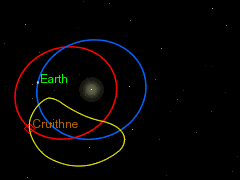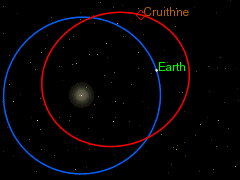Updated: Additional information from Alcides Leão was added to this story March 28 at 8:05 p.m. EDT.
Researchers are going bananas in the quest to build cleaner, greener cars.
Brazilian scientists have developed a way of using fibers from bananas, pineapples and other plants to create plastic that is stronger and lighter than the petroleum-based stuff. So-called nanocellulose fibers rival Kevlar in strength but are renewable, and the researchers believe they could be widely used within a couple of years.
“The properties of these plastics are incredible,” Alcides Leão, a researcher at Sao Paulo State University, said in a statement. “They are light, but very strong — 30 percent lighter and three to four times stronger.”
That could reduce the weight of new vehicles, which would increase fuel economy. Several automakers are cutting weight in their campaigns to maximize mpg. Ford, for example, hopes to trim 250 to 750 pounds from its vehicles and is exploring nanotechnology to do so.
Beyond being lighter and stronger, Leão says nanocellulosic plastic is more resistant to heat, gasoline and water. He sees it being used for dashboards, bumpers and some body panels.
Cellulose comprises the primary cell wall of green plants. Intensive processing of wood and other plant materials yields nanocellulosic fibers so small that 50,000 fit within the diameter of a human hair. These fibers can be added to other raw materials to produce reinforced plastic.
Leão tells us the nanocellulosic plastic is made entirely of renewable materials and is biodegradable. The nanocellulose could be combined with petroleum-based plastic if a specific application required it, he says, but the resulting product would not be biodegradable.
Pineapple may be the most promising source of nanocellulose, Leão says. Others include bananas, coconut shells, agave and curaua, a plant related to pineapple. The leaves and stems are cooked in a device similar to a pressure cooker, yielding something resembling talcum powder.
It’s expensive stuff, but there’s no word on just how much the nanocellulosic plastic costs because Leão and his team are working in small quantities in the laboratory. Leão says the cost would come down as the scale of production rose, especially if the auto industry embraced the technology. One pound of nanocellulose can produce 100 pounds of plastic.
“So far, we’re focusing on replacing automotive plastics,” Leão says. “But in the future, we may be able to replace steel and aluminum automotive parts using these plant-based nanocellulose materials.”
Leão presented his findings today at the 241st National Meeting & Exposition of the American Chemical Society in Anaheim, California.





